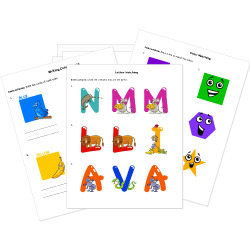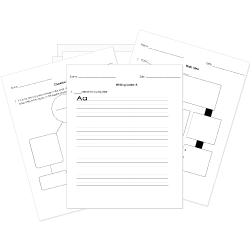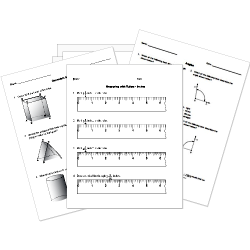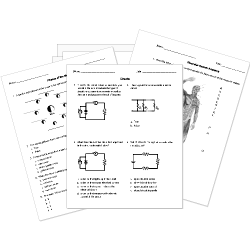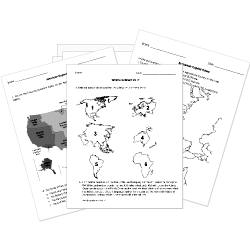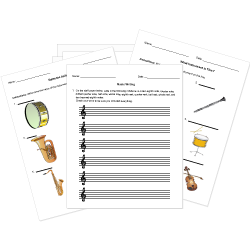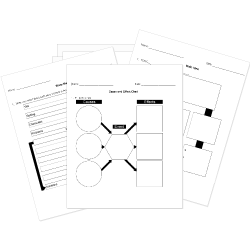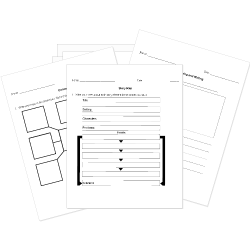Natural Resources
Natural Resources
This lesson aligns with Next Generation Science Standards (NGSS) PS1.B
Introduction
Many of the materials that are present around us come from nature. Sunlight, water, rocks, grass, soil, and birds all demonstrate nature. A classroom is organized by desks, chairs, whiteboards, and charts. Chairs and desks are made from wood. The wood comes from trees. Trees are also natural resources. Even the fabric of clothes is taken from cotton plants. Natural resources are naturally occurring matter that is used to support human needs. These resources are used in different ways. In this article, we will discuss natural resources, their properties, and uses, as well as renewable and non-renewable resources.
Natural Resources
A natural resource is an object, material, substance, or source of energy that is found in the environment and valuable to humans. These resources are made useful under economical and social circumstances for the ease of humans. Natural resources are also used to make other materials. For instance, the metal that comes from rocks is extensively used in manufacturing machines for agriculture, industries, automobiles, etc. Common metals are iron, aluminum, and copper.

All of the food that we eat comes from plants and animals, e.g., animals give us milk and meat. Other natural resources such as coal, natural gas, oil, and sunlight provide heat, light, and power. When natural resources are used much, their availability is less in nature. Some resources are rare, and some are abundant. A replacement must be found if a resource is close to disappearing.

Types of Natural Resources
Based on their availability, natural resources are categorized into renewable resources and non-renewable resources.
Renewable Sources
A renewable resource is a natural resource that is available in infinite quantity. It can be used repeatedly and replenished at the same rate at which it is consumed or even faster. Solar energy, wind energy, biomass, forest, and water are common examples of renewable resources. Some renewable resources never run out as their supply is not affected by human activity. For example, solar energy is derived from the sun that never runs out. Such types of renewable resources are referred to as inexhaustible resources.

But other renewable resources such as water, animals, plants, and air must be managed so that they cannot be used more quickly than they can be replaced. For instance, the West African Black Rhinoceros was hunted to extinction. The last rhino was seen in Cameroon in 2006. But it was declared extinct in 2011.

Non-renewable Resources
Non-renewable resources are those that are limited in abundance and cannot be replaced as they are consumed. They are exhaustible in nature. Examples of non-renewable resources are coal, natural gas, oil, and uranium. Earth minerals and metal ores are also non-renewable resources that are extracted from the earth by humans. These resources cannot be formed as fast as they are being used. People cannot speed up the geological action that produces fossil fuels, coal, and petroleum. Therefore, once they are completely consumed, they cannot be renewed naturally at all.

Properties of Natural Resources
The properties of natural resources are categorized into physical and chemical properties.
Physical Properties
Some natural resources are commonly used for their remarkable properties. Iron is a good conductor of heat and electricity. It is used to make bridges and cutting tools. Aluminum is a non-corrosive metal that is used in making windows. Natural resources are also used for their color. Natural dyes are made from plants such as “Genista tinctoria” which is known for its brilliant yellow color.
Chemical Properties
Some natural resources are consumed due to their chemical properties. Natural gas and coal are highly flammable. They fuel power stations that provide electricity.
Uses of Natural Resources
The use of natural resources has been modified as new technologies are introduced. A few decades ago, trains and ships used coal for fuel. Nowadays, coal is mainly burned to produce electricity. Copper was used in tool making because of its pure nature. Now, copper is extensively used in wire making, construction, power generation, etc.

Summary
- Natural resources are naturally occurring materials. They are used to fulfill human needs. Water, air, and plants are common natural resources.
- Renewable resources are used repeatedly and can be replenished quickly, e.g., water and wind.
- Non-renewable resources are exhaustible in nature. They cannot be replaced naturally at all, e.g., fossil fuels, minerals, etc.
- Some natural resources are commonly used due to their distinct physical properties, such as granite is a type of rock. It is hard and used in buildings and bridges.
- Other natural resources are mainly used because of their chemical properties, such as petroleum.
Related Worksheets:






